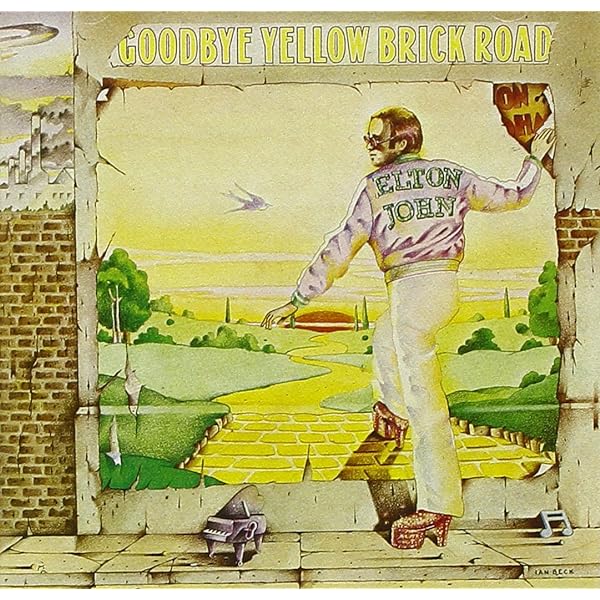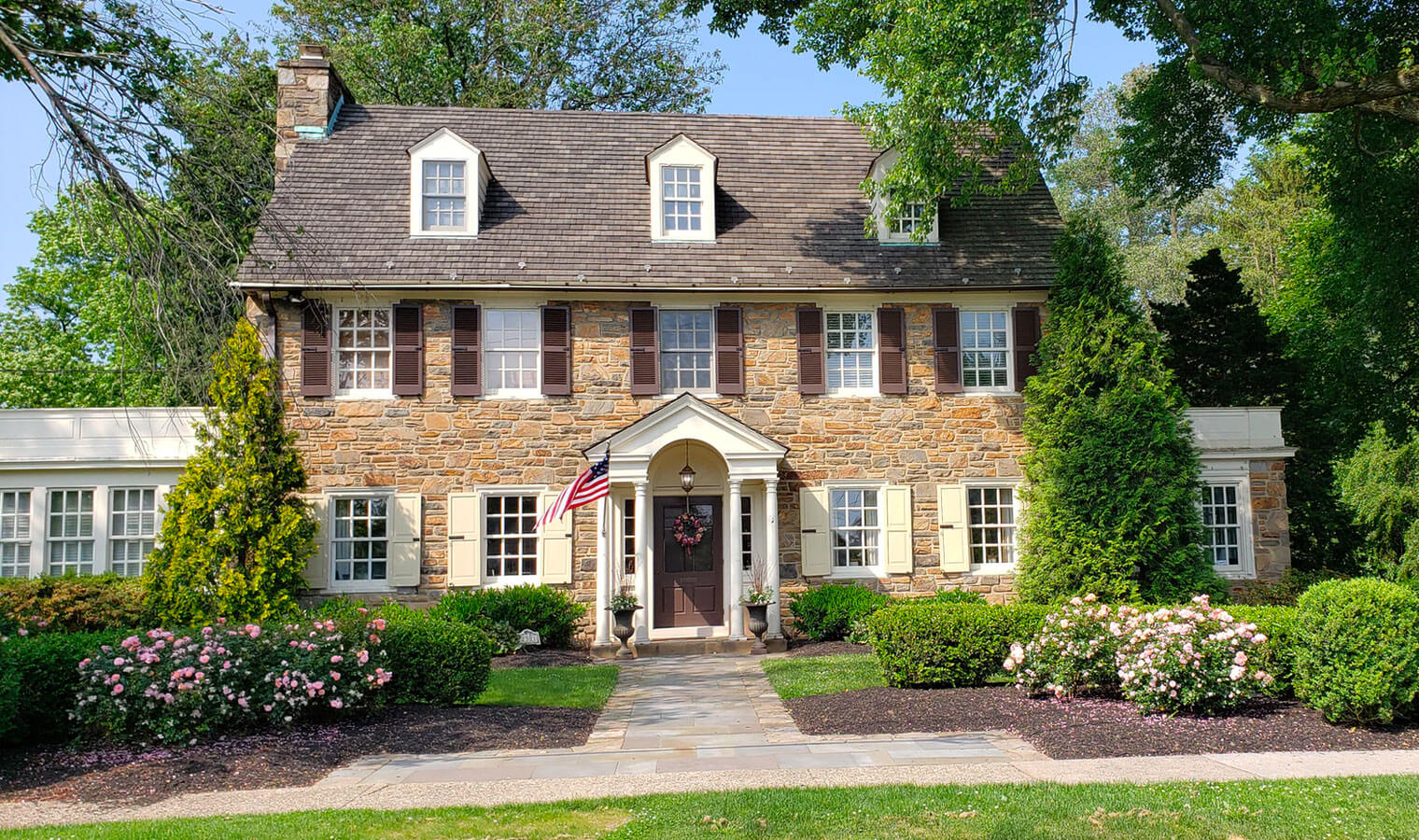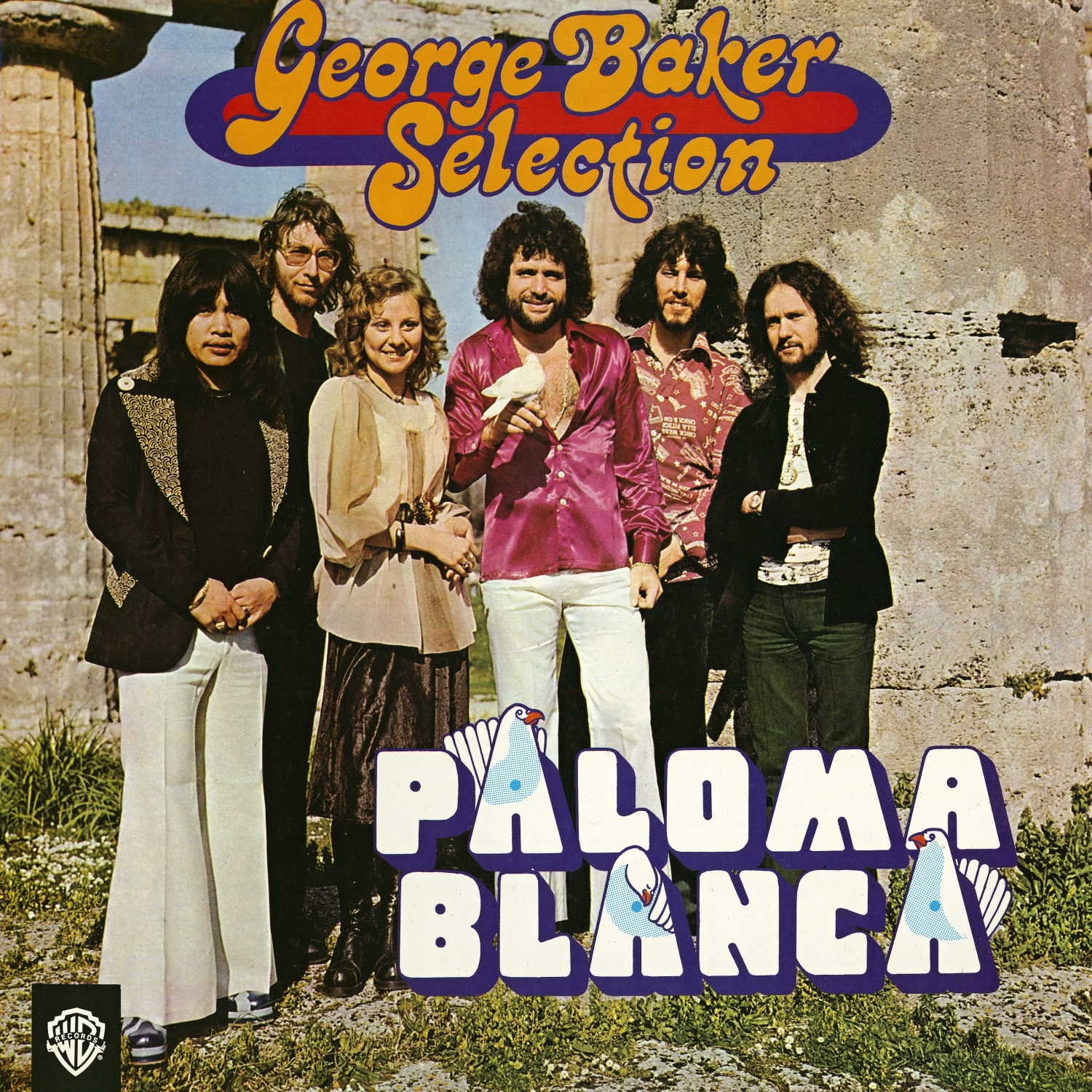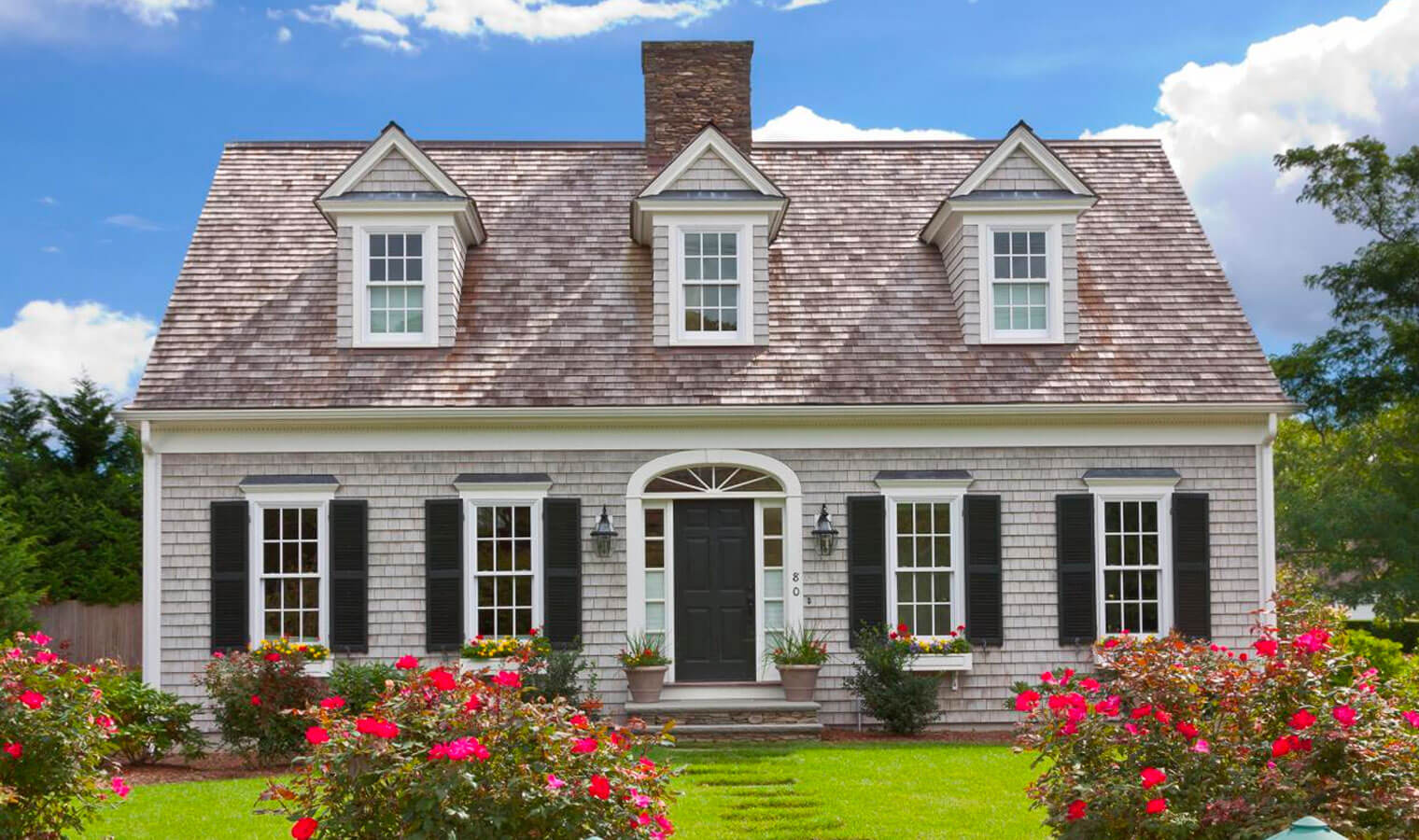Federal-style homes became popular after the American Revolution and were a refined upgrade to the popular Georgian house style. They have the same recurring shape and symmetry as other Colonial house styles, but their delicate ornamentation sets them apart.
Federal Colonial homes often feature:
- A layout built around a central hall
- An elliptical fanlight and two flanking lights (windows) around the door
- Paladin or tripartite windows
The elliptical fanlights and paladin windows are key distinguishing features from Georgian-style homes.

Despite the car initially being built in 1885 in Germany, American manufacturers completely dominated the automotive industry of the mid-twentieth century. Applaud be to Henry Ford, who established the first conveyor assembly line for his Model T on December 1, 1913. This creation reduced the production time of one vehicle from 12 hours to an hour and 33 minutes, making it a lot cheaper. Ford’s goal was to make automobiles accessible to everyone, and he achieved it. Nowadays, around 91% of American households own at least one car.
Suburbanization
Before vehicles became widely available, people who lived in the city worked in the city, while most of those who settled in the country were farmers. Now that it was possible to travel vast distances in a short amount of time, the thought of dwelling away from the bustling downtown while still being able to work there looked tempting. After World War II, many soldiers received an opportunity to live on their property in a single-family home, resulting in a baby boom and a surge in demand for tract houses. Seventy-seven million children had been born by the end of 1964. At that time, the suburbs were booming, with over a third of the population residing there.
The American Road Trip
Cars turned into a symbol of personal freedom and independence, allowing us to travel throughout the nation at will. For many families, the famous American road trip is a ritual. The destination itself, often overlooked, holds little value, as that feeling of liberty and the ability to travel to any desired location in the country alongside your family and friends is what brings immense joy. The complex infrastructure designed around your car makes this activity even better.
New Business Categories
Many new businesses started along with the development of automobiles. Getting hungry in the middle of the trip stopped being a problem. Just hit the local drive-in or drive-thru where carhops, sometimes on roller skates, will take care of the food orders, letting you stay inside the car. After everyone is full and satisfied, the desire to watch a good movie kicks in. So, our next destination is the drive-in theater. This gigantic outdoor screen with a parking area next to it was popular in the 1950s, romanticized by TV series such as Happy Days, American Graffiti, and Grease. Once again, there was no need to leave the vehicle unless you wanted to get some snacks from the concession stand. On the way home, let’s stop at a mall for some shopping. It is convenient to have many different stores gathered for us in one place. However, the distance from the downtown is reasonable. That is why we have cars; otherwise, such shopping centers wouldn’t exist.
Hot Rodding, Drag Racing, and NASCAR
Coming back home from a heartwarming, peaceful family trip, it feels like there is a need for something more out of your car. What if it could go faster? Solely add an enormous engine and get a fancy paint job, turning it into a hot rod. Hot rodding and drag racing are motorsports that gained popularity in the 1950s and remain relevant. Another is NASCAR, where racers compete on slightly tilted speedways using stock cars. It is, by the way, the second most spectated sport in the USA behind the NFL (National Football League).
We could write a book on the tremendous impact cars made on American culture and society. However, a piece of paper could never fully convey all the experiences, as every automobile becomes unique in our hands. At Tempus Logix, we offer auto transportation across the nation, no matter if it is a hot rod, a family van, or a tractor: so that your motor vehicle can always stay by your side. (Quelle:tempuslogix.com)
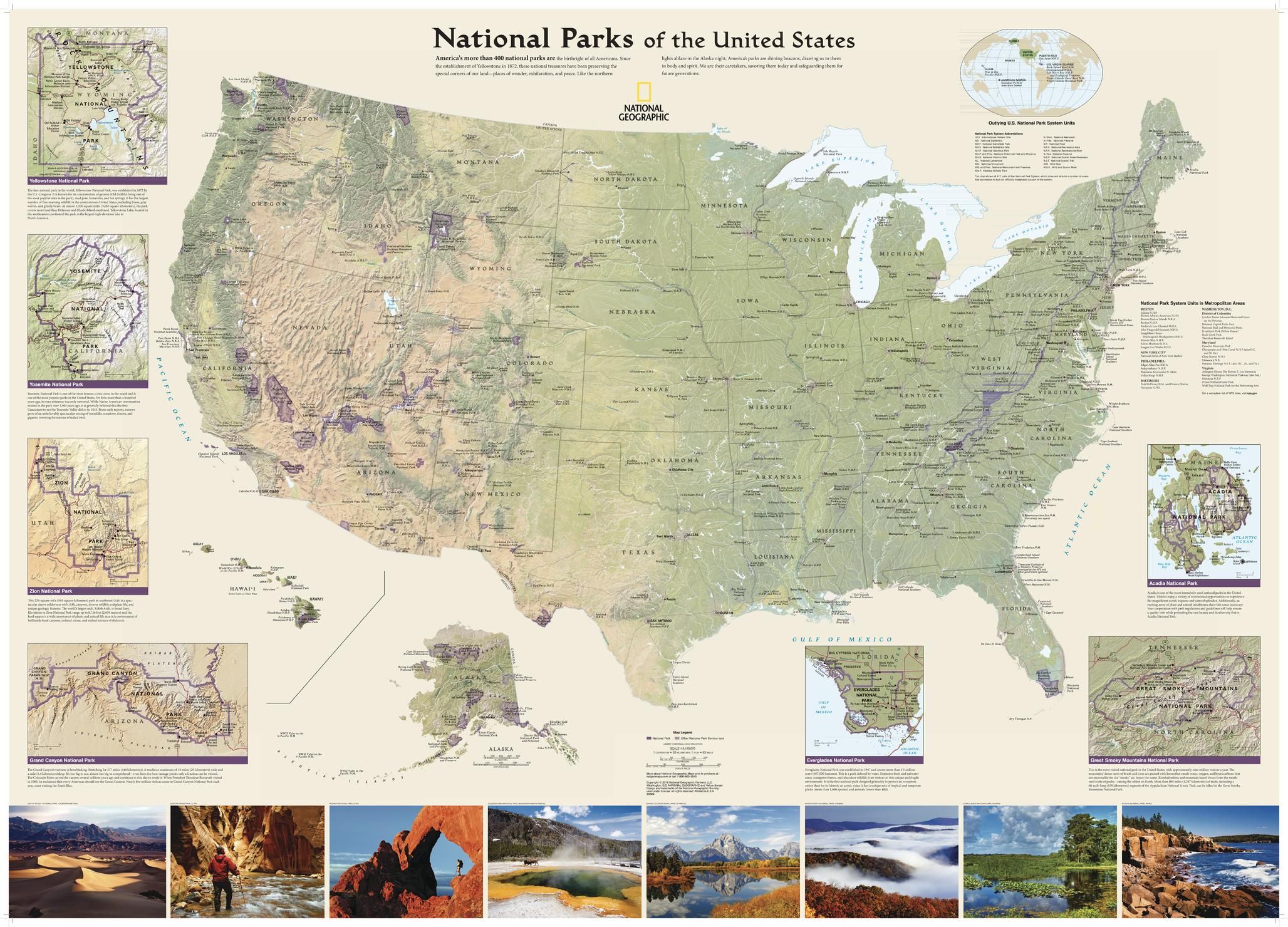
The United States has 63 national parks, which are Congressionally-designated protected areas operated by the National Park Service, an agency of the Department of the Interior.[1] National parks are designated for their natural beauty, unique geological features, diverse ecosystems, and recreational opportunities. While legislatively all units of the National Park System are considered equal with the same mission, national parks are generally larger and more of a destination, and hunting and extractive activities are prohibited.[2] National monuments, on the other hand, are also frequently protected for their historical or archaeological significance. Eight national parks (including six in Alaska) are paired with a national preserve, areas with different levels of protection that are administered together but considered separate units and whose areas are not included in the figures below. The 423 units of the National Park System can be broadly referred to as national parks, but most have other formal designations.[3]
A bill creating the first national park, Yellowstone, was signed into law by President Ulysses S. Grant in 1872, followed by Mackinac National Park in 1875 (decommissioned in 1895), and then Rock Creek Park (later merged into National Capital Parks), Sequoia and Yosemite in 1890. The Organic Act of 1916 created the National Park Service "to conserve the scenery and the natural and historic objects and wildlife therein, and to provide for the enjoyment of the same in such manner and by such means as will leave them unimpaired for the enjoyment of future generations."[4] Many current national parks had been previously protected as national monuments by the president under the Antiquities Act or as other designations created by Congress before being redesignated by Congress; the newest national park is New River Gorge, previously a National River, and the most recent entirely new park is National Park of American Samoa. A few former national parks are no longer designated as such, or have been disbanded. Fourteen national parks are designated UNESCO World Heritage Sites (WHS),[5] and 21 national parks are named UNESCO Biosphere Reserves (BR),[6] with eight national parks in both programs.
Thirty states have national parks, as do the territories of American Samoa and the U.S. Virgin Islands. The state with the most national parks is California with nine, followed by Alaska with eight, Utah with five, and Colorado with four. The largest national park is Wrangell–St. Elias in Alaska: at over 8 million acres (32,375 km2), it is larger than each of the nine smallest states. The next three largest parks are also in Alaska. The smallest park is Gateway Arch National Park, Missouri, at 192.83 acres (0.7804 km2). The total area protected by national parks is approximately 52.2 million acres (211,000 km2), for an average of 829 thousand acres (3,350 km2) but a median of only 208 thousand acres (840 km2).[7]
The national parks set a visitation record in 2017, with more than 84 million visitors and set a further record in 2018 with a 0.1% increase.[8][9] Great Smoky Mountains National Park in North Carolina and Tennessee has been the most-visited park since 1944,[10] and had over 14 million visitors in 2021.[11] In contrast, only about 7,000 people visited the remote Gates of the Arctic National Park and Preserve in Alaska in 2021.

The National Academy of Sciences (NAS) is a United States nonprofit, non-governmental organization. NAS is part of the National Academies of Sciences, Engineering, and Medicine, along with the National Academy of Engineering (NAE) and the National Academy of Medicine (NAM).
As a national academy, new members of the organization are elected annually by current members, based on their distinguished and continuing achievements in original research. Election to the National Academy is one of the highest honors in the scientific field. Members of the National Academy of Sciences serve pro bono as "advisers to the nation" on science, engineering, and medicine. The group holds a congressional charter under Title 36 of the United States Code.
Founded in 1863 as a result of an Act of Congress that was approved by Abraham Lincoln, the NAS is charged with "providing independent, objective advice to the nation on matters related to science and technology. … to provide scientific advice to the government 'whenever called upon' by any government department."[2]
The Academy receives no compensation from the government for its services.[3]
The Academy currently has 2,984 members and international members. Existing members elect new members for life. Up to 120 members are elected every year; up to 30 foreign citizens may be elected as international members annually. The election process begins with a formal nomination, followed by a vetting period, and culminates in a final ballot at the Academy's annual meeting in April each year. Members are affiliated with a section -- a specific scientific field -- in one of six so-called "classes": (1) Physical and Mathematical Sciences; (2) Biological Sciences; (3) Engineering and Applied Sciences; (4) Biomedical Sciences; (5) Behavioral and Social Sciences; and (6) Applied Biological, Agricultural, and Environmental Sciences.[6] Since its founding, the Academy has elected 6,457 members. Harvard University is associated with the most members (329), some 5% of the all-time total. The top ten institutions, half of which are Ivy League universities, account for nearly 28% of all members ever elected.[11]
| Top 10 Primary Institutions | Members (1963-2022) |
|---|---|
| Harvard University | 329 |
| Stanford University | 250 |
| University of California, Berkeley | 242 |
| Massachusetts Institute of Technology | 206 |
| Yale University | 132 |
| Princeton University | 128 |
| California Institute of Technology | 126 |
| Columbia University | 125 |
| University of Chicago | 120 |
| University of Pennsylvania | 83 |
Cape Cod homes are similar to the British or American Colonial homes, though they originated further north in Cape Cod, Massachusetts. These are often seen as the classic American family home since the style’s revival in the 20th Century.
Cape Cod homes are identified by their:
- Shingle exteriors
- Modest size and ornamentation compared to British Colonial homes
- Originally single-story homes
- Large central fireplaces
- Attic lofts (20th-century revival)
- Dormer windows (20th-century revival)
Cape Cod homes are built of local wood and stone to withstand the north-eastern weather. This exterior weathering provides an iconic weathered-blue color to these homes.
Second Empire homes were a modern Victorian-era style that started in France before spreading through the Northeastern and Midwestern United States. Second Empire architecture features similar ornate Victorian trends, though generally offers a simplified Victorian aesthetic.
These elements help identify a Second Empire home:
- Uniquely shaped Mansard Roof
- Decorative window framing and dormers
- Decorative rails or balustrades around terraces and staircases
- Iron roof crest and eaves with support brackets
Second Empire homes are also easy to identify since they’re the only Victorian-era style that often features a symmetrical, rectangular floor plan.

Georgian-style homes were one of the most common styles in the 18th century and showcased formal and classical details that previous homes didn’t. Georgian houses are similar to Federal houses, though they can be distinguished by:
- A crown and pilasters framing the front door
- Decorative quoins or bricks at the corners
- Smooth decorative blocks as moulding
You can also find regional variations with hooded front doors and pent roofs between levels.
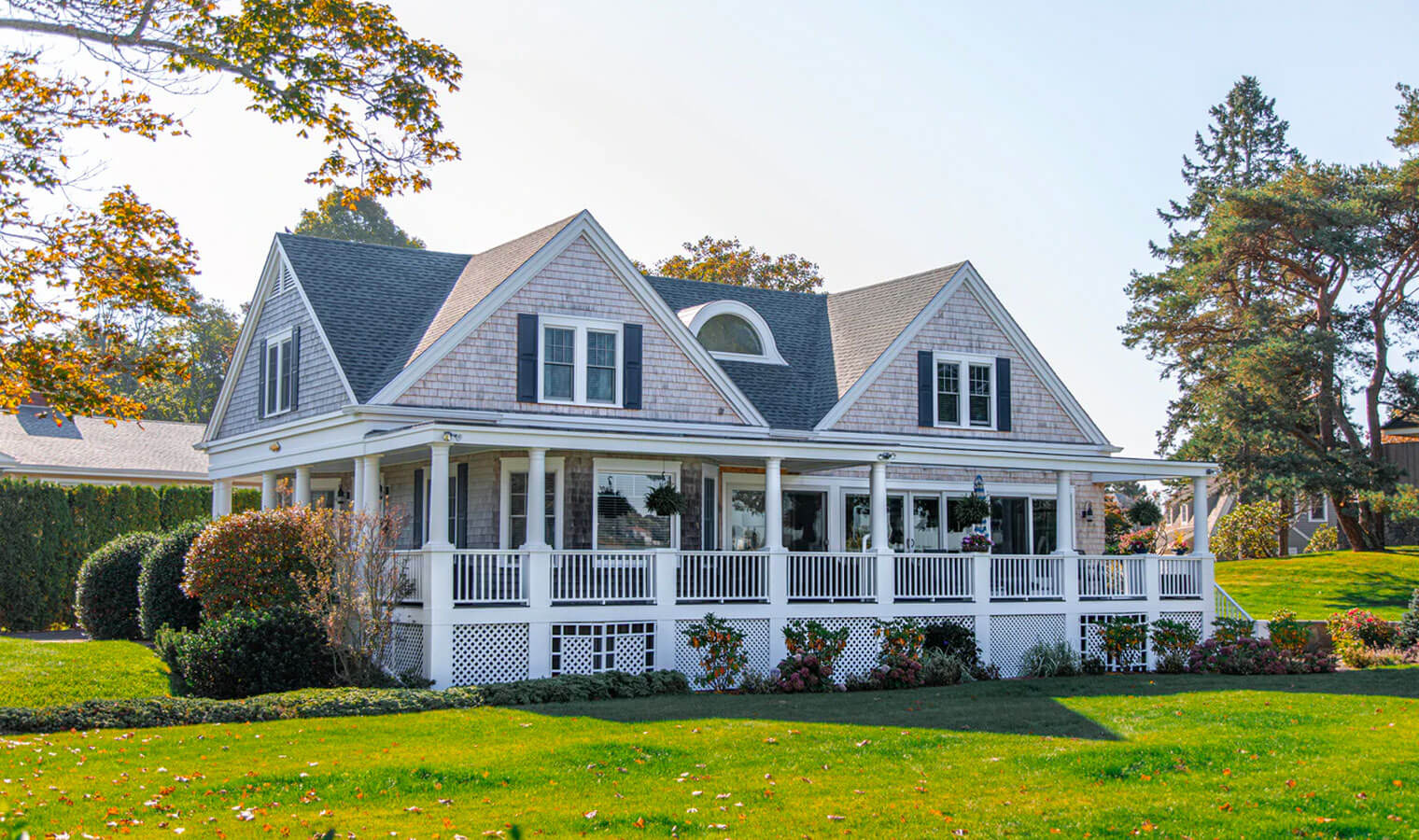
The American Farmhouse is a simple and timeless style. Farmhouses are designed to be practical first and foremost. They’re common across the US and often showcase regional variations, like wrap-around porches in the South.
Farmhouses have evolved with time and location, but often feature these elements:
- Rectangular floor plan
- Large front porches
- Natural wood and stone materials
- Few and small windows
- Formal front rooms separated from family rooms
Of course, the easiest way to identify a farmhouse is that they’ll often be situated on a large plot of farmland.
Modern Tudor homes are inspired by Medieval European Tudor homes and often have a charming cottage aesthetic. They’re popular on the East Coast and in parts of the Midwest.
Tudor homes are an easy style to identify. They feature:
- Steeply pitched gable roofs
- Exposed and decorative half-timbering with stucco exterior
- Mixed-material brick or stone walls
- Casement windows in groups or with diamond shapes
The Tudor Revival reached peak popularity in the 1920s and is still widely popular today.


